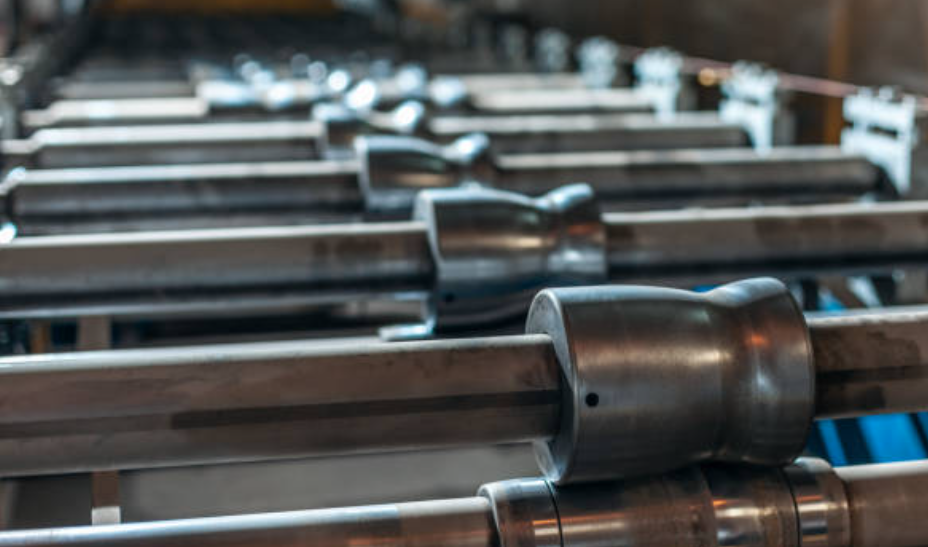
Posted on Monday, September 30, 2024
Roll forming lines are essential for creating a wide range of metal profiles, from roofing panels to structural beams. A typical roll forming line consists of several key components working together to produce high-quality, precise metal parts. Understanding these components can give you a deeper insight into how the roll forming process operates and why it's such a powerful tool in the metal fabrication industry.
The roll forming process starts with the uncoiler. Uncoilers are designed to hold and feed metal coils into the line, ensuring a continuous supply of material. They come in various configurations, such as manual or hydraulic, depending on the size and weight of the coil being processed. In modern automated lines, uncoilers often work in sync with the rest of the machinery to keep the material moving smoothly without interruptions.
Key features of uncoilers:
The heart of the roll forming line lies in the rollers. These are precision-engineered cylindrical tools that shape the flat metal strip into the desired profile. The metal passes through multiple sets of rollers, each progressively bending it closer to the final shape. The number of rollers required depends on the complexity of the profile being formed. For simple shapes, fewer rollers may be used, while more intricate designs require additional stations.
Key benefits of rollers:
Once the metal has been shaped into its final form, a cutoff system comes into play to sever the material into the required lengths. Cutoff systems can vary in sophistication, from simple manual setups to fully automated units integrated with the roll forming line. The two most common types are the flying cutoff and pre-cut methods. The flying cutoff system moves along with the metal profile, cutting it while it remains in motion, ensuring production speeds stay high without interrupting the process.
Cutoff system highlights:
After the metal profile is cut to length, it exits onto the runout table. These tables support the finished product and guide it safely out of the machine, preventing any damage to the newly formed profiles. Depending on the material and length of the profile, runout tables may have conveyor belts or simple rollers to transport the parts to the next stage, such as packaging or quality control.
Key advantages of runout tables:
While the above components are the core of a roll forming line, many additional auxiliary systems enhance functionality:
A roll forming line is a highly coordinated system made up of uncoilers, rollers, cutoff systems, runout tables, and auxiliary components. Together, they produce high-quality metal profiles efficiently and at scale. Understanding each component helps explain why roll forming lines are critical to industries such as construction, automotive, and manufacturing, offering precision, speed, and customization in metal shaping.
By investing in modern, automated roll forming technology, manufacturers can streamline their production process, reduce waste, and meet the demands of even the most complex projects with ease.

Most Popular Roll Forming Machines in the United Kingdom
Posted on Thursday, December 11, 2025
This blog breaks down the five most in-demand roll forming machines in the UK

Can I Finance a Roll Forming Machine?
Posted on Thursday, December 11, 2025
Financing a roll forming machine is easier than most buyers think. Here’s how leases, loans, and payment plans make production affordable.

Roll Forming Machines for Sale in the UK: What Buyers Need to Know Before Purchasing
Posted on Thursday, December 11, 2025
This complete guide explains everything UK buyers must know before purchasing, including machine types, voltage requirements, CE/UKCA compliance

Roll Forming Machines for Sale in the USA: What Buyers Need to Know Before Purchasing
Posted on Wednesday, December 10, 2025
This guide explains everything U.S. buyers need to know before purchasing a roll forming machine, including machine types, pricing, voltage
Copyright 2026 © Machine Matcher.